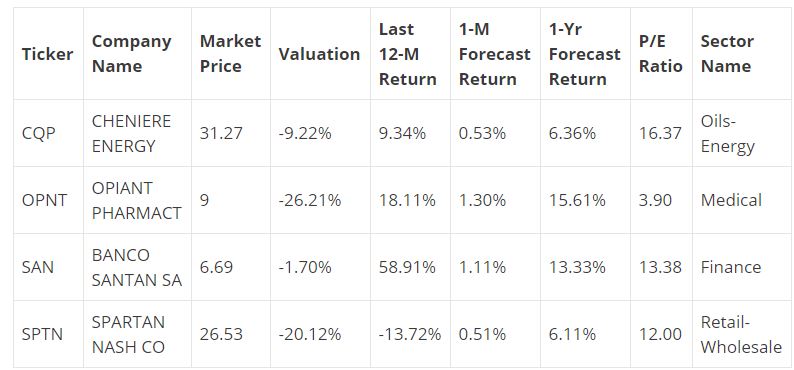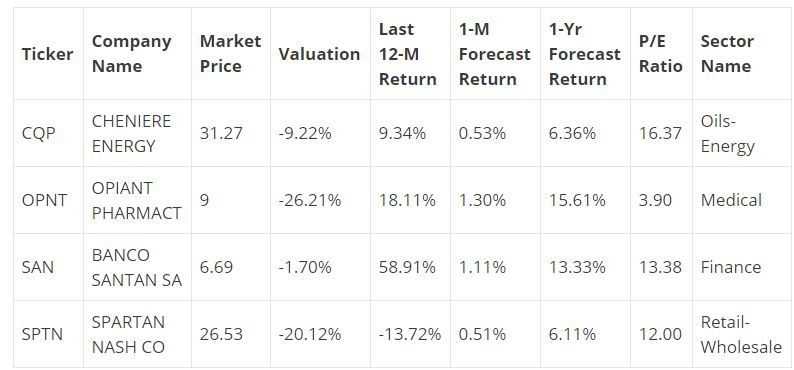
Today, we take a look at Sanderson Farms (SAFM). Sanderson Farms Inc. is a fully-integrated poultry processing company engaged in the production, processing, marketing and distribution of fresh and frozen chicken products. The company sells ice pack, chill pack and frozen chicken, in whole, cut-up and boneless form, primarily under the Sanderson Farms7 brand name to retailers, distributors, and fast food operators principally in the southeastern, southwestern and western United States.
Sanderson posted decent results last week for Q3 2017. Net sales for the third quarter of fiscal 2017 were $931.9 million compared with $728.0 million for the same period a year ago. For the quarter, the Company reported net income of $115.8 million, or $5.09 per share, compared with net income of $54.7 million, or $2.42 per share, for the third quarter of fiscal 2016. These numbers were better than expected for the company and the shares got a nice bump as a result of the good results last week.
Driving these numbers were a chicken craze in the US that shows no signs of abating. Healthy eaters provide a strong base for the boneless-breast meat business while other eaters continue to gobble up chicken wings in ever larger numbers. It still is interesting to consider the fact that chicken wings, once considered a throw-away product, now command higher prices than other chicken parts–including breast meat. The media is awash in click-bait stories of shortages for this part anytime there is a big sporting event in the US.
The CEO of Sanderson, Joe Sanderson, told investors that
Sanderson Farms’ financial results for the third quarter of fiscal 2017 reflect a continued favorable balance of supply and demand for fresh chicken sold to retail grocery store customers. That balance was reflected in relatively strong market prices for that product during the current third fiscal quarter. Market prices for boneless breast meat, bulk leg quarters and jumbo wings produced at our plants that process a larger bird were all higher this year when compared to last year’s third fiscal quarter. Food service traffic and demand in the United States remain below pre-recession levels, but demand from and the popularity of local chain concepts and restaurants that focus on wings are offsetting reduced traffic at casual dining restaurants. This demand contributed to a good supply and demand balance during the quarter.













Leave A Comment